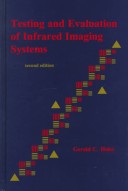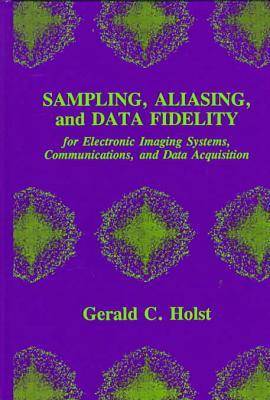Press Monographs
3 total works
This volume describes the characterization of all infrared imaging systems, infrared search and track systems, IRST, machine vision systems, and line scanners.
Infrared imaging applications have exploded since the first edition was published in 1995. From a modeling point-of-view, several significant changes have occurred. Uncooled technology is based upon microbolometer and pyroelectirc detectors. Systems with novel semiconductors such as quantum well detectors are routinely produced. These detectors, along with their characteristics, are described in this edition.
Sampling theory, developed for communications, is now applied to a variety of imaging systems. It requires a bandlimited signal, an appropriate sampling rate, and a reconstruction filter. This study covers both temporal and spatial filtering, and seeks to bridge the gap between sampling theory, signal appearance, and system performance. Aliasing and reconstruction - important but often overlooked topics in image processing texts - are also examined. This book should be useful to anyone involved in digital processing. The maths is straightforward and the text is aimed at practising engineers. It describes how to represent digital signals on back-of-the-envelope drawings and should help the system analyst to understand the implications of sampling theory. For the software specialist, it seeks to provide the link between digital and analogue data.


